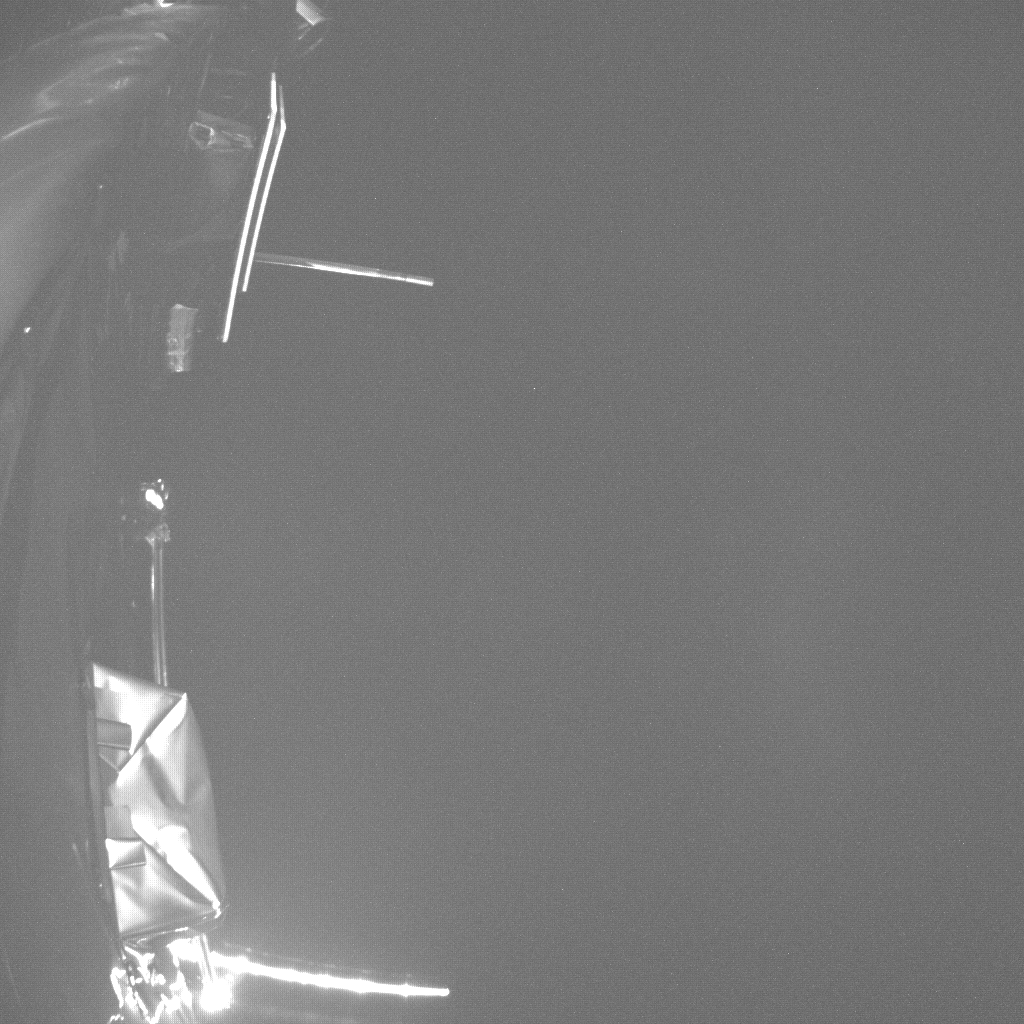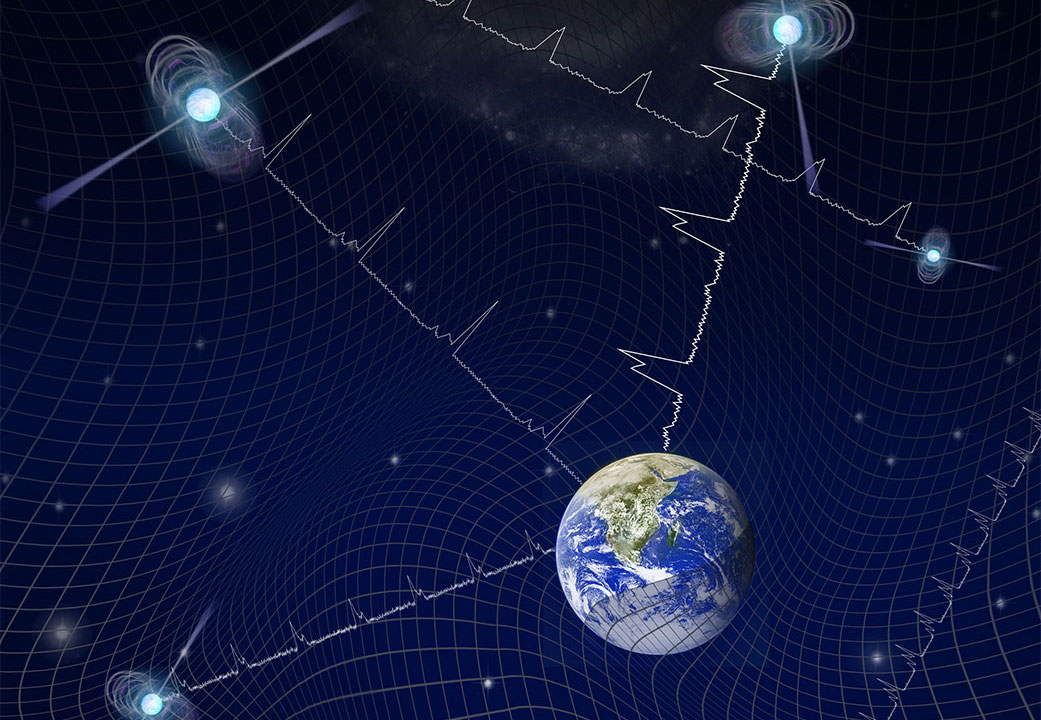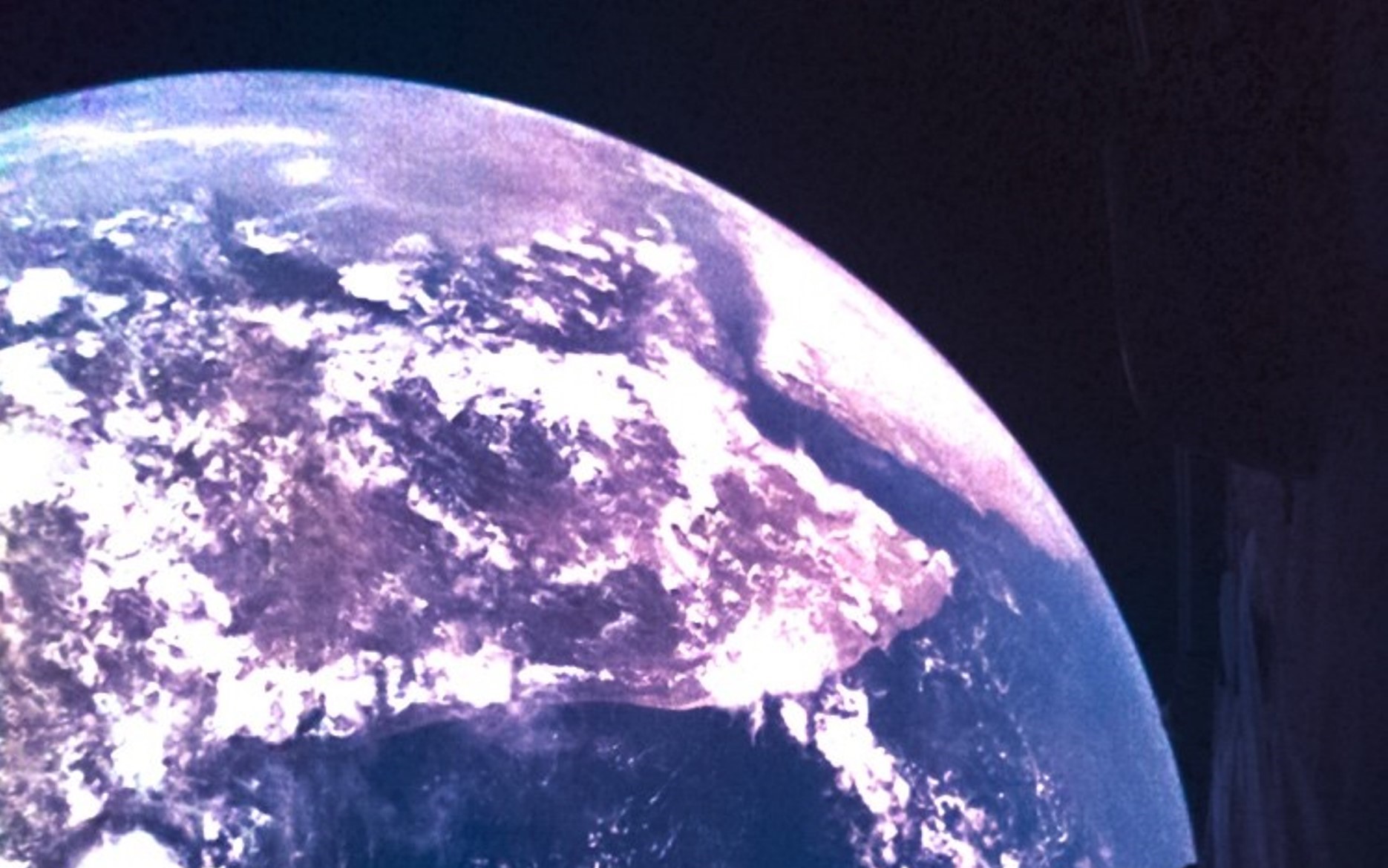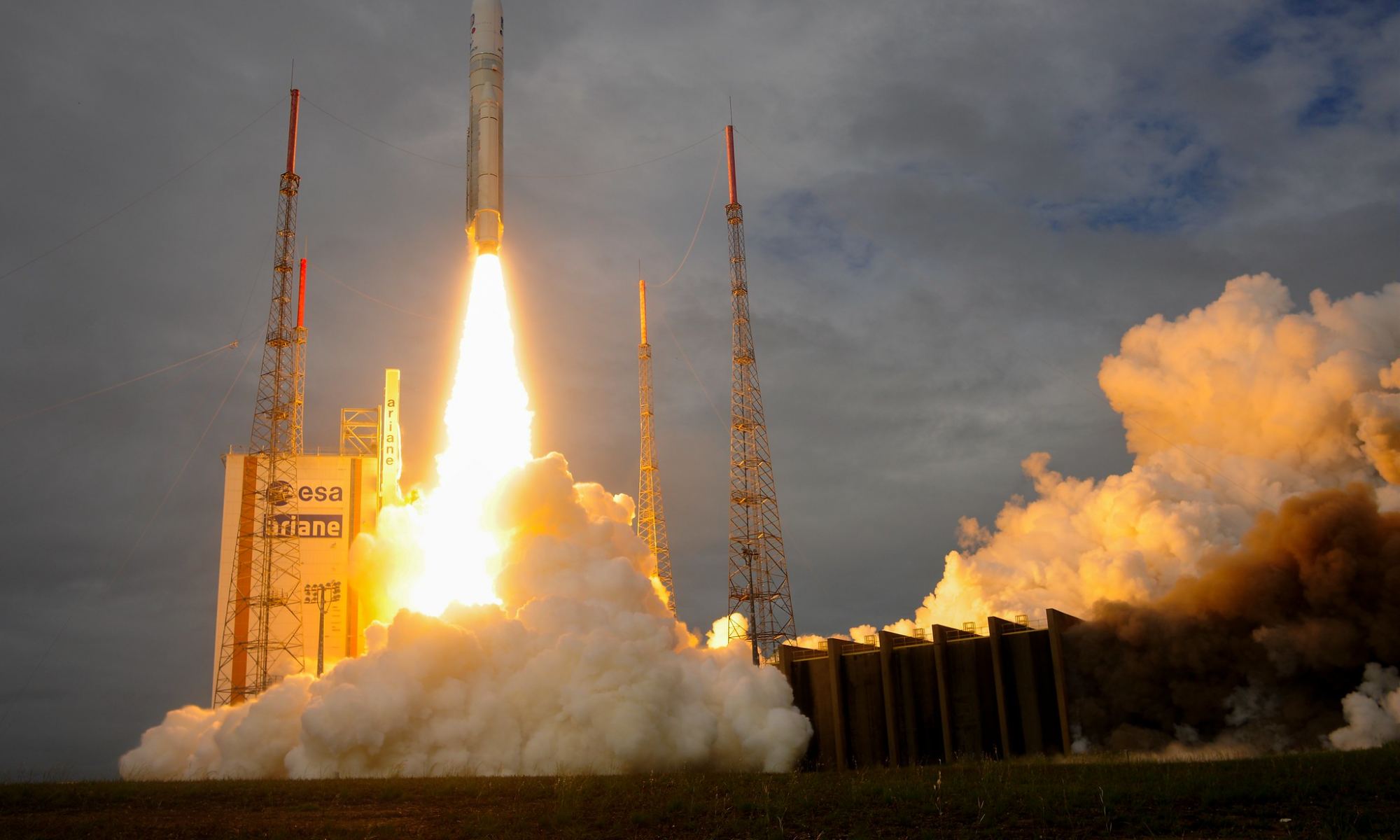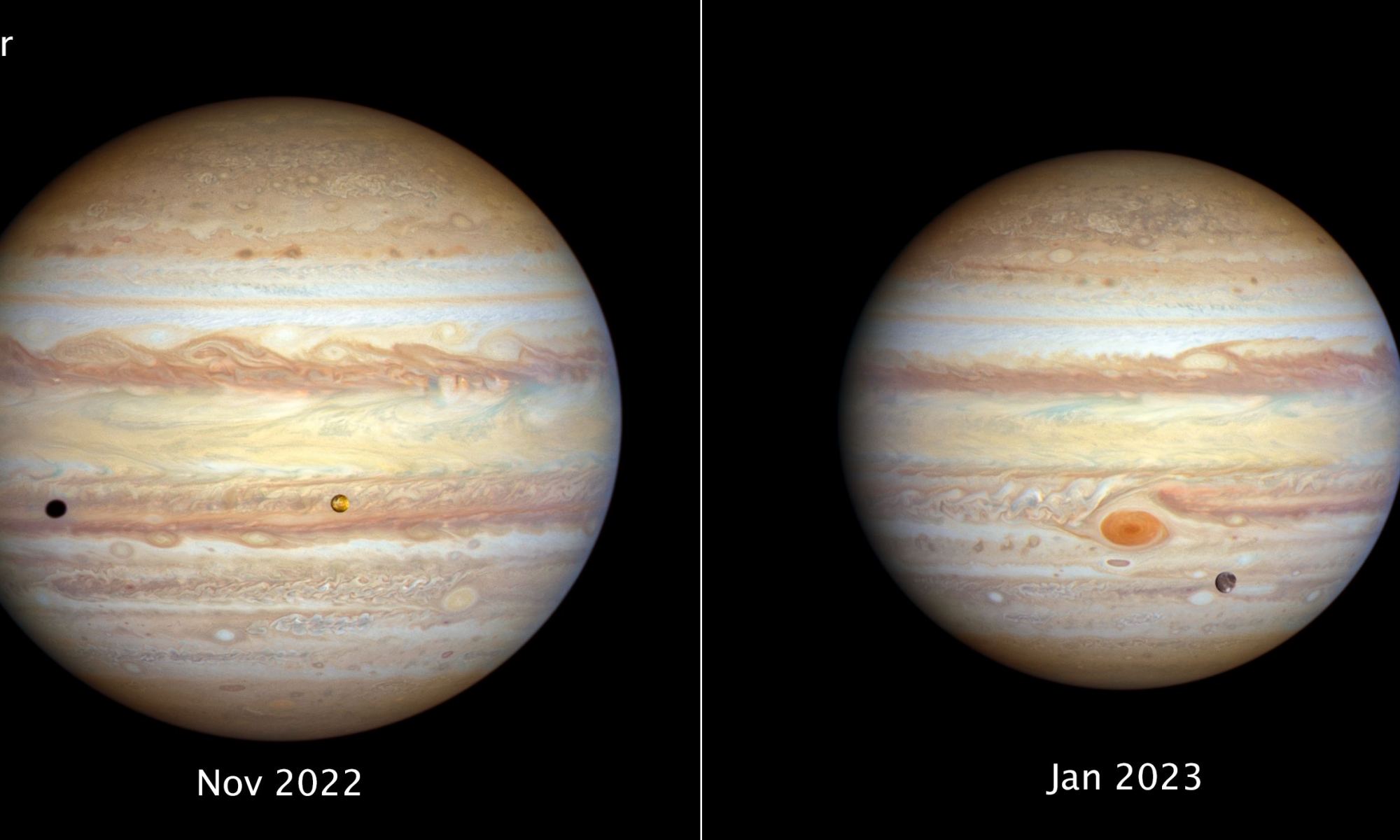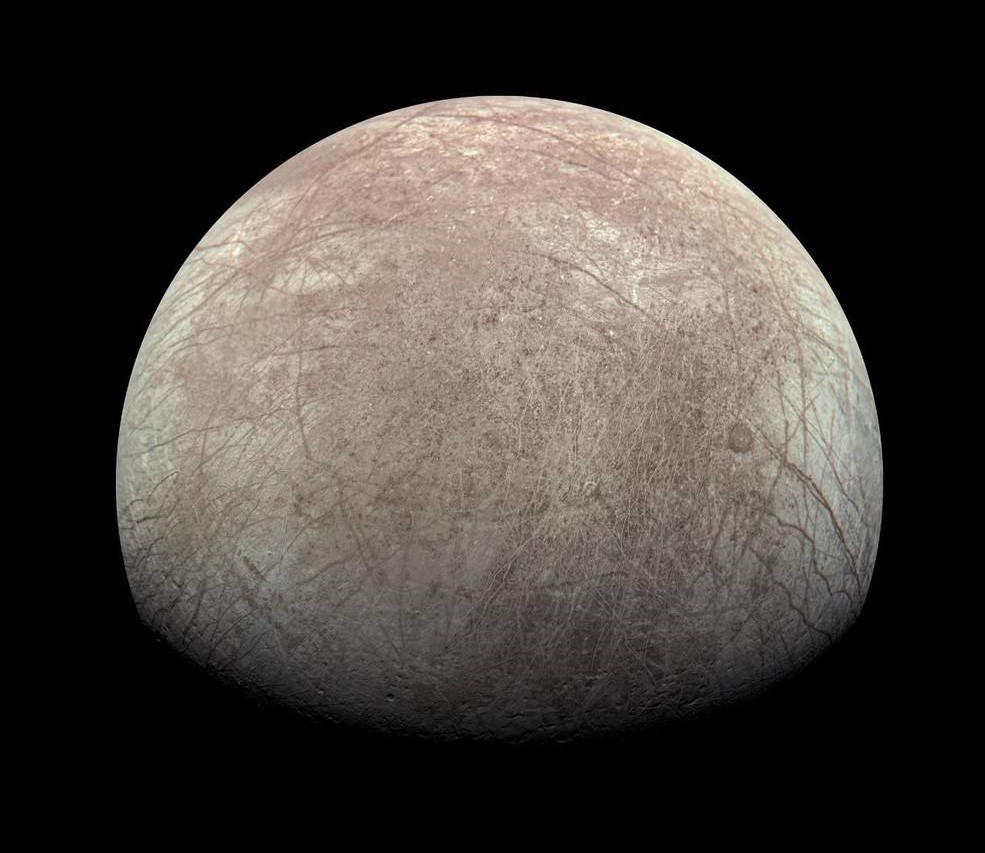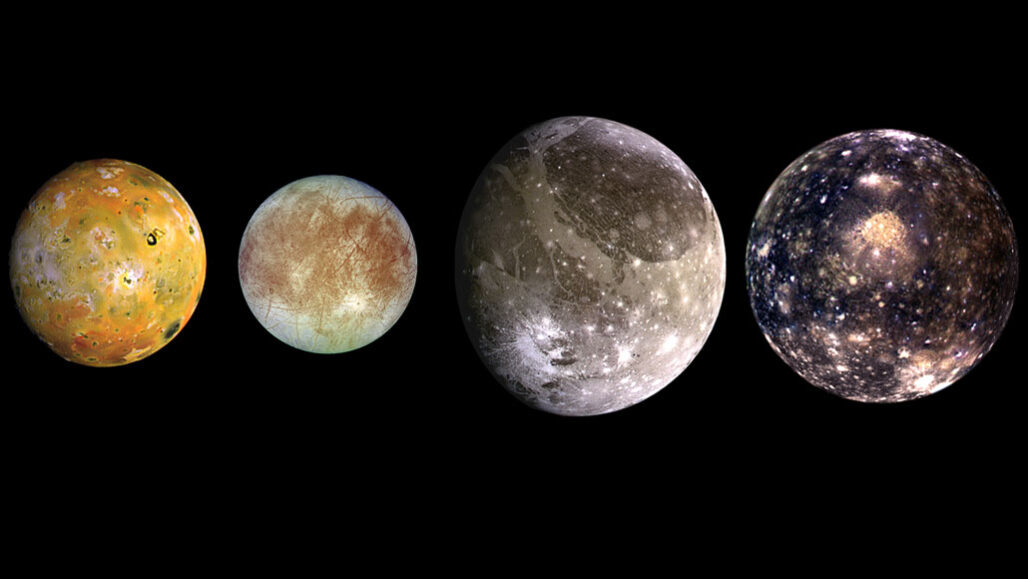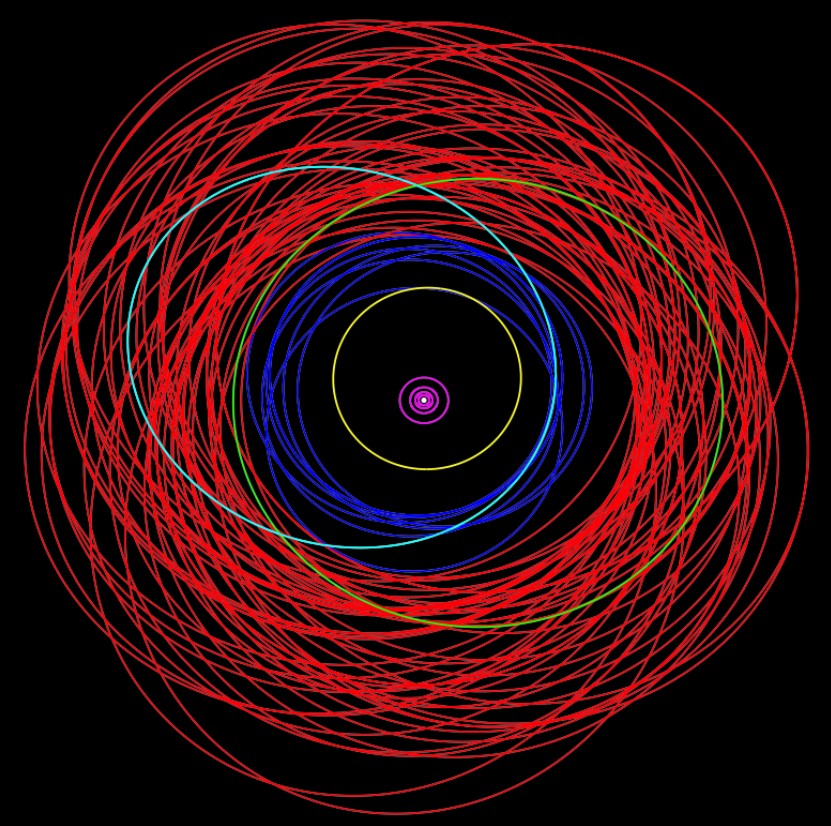ESA’s Juice mission launched last month on April 14, beginning its long journey to explore Jupiter’s icy moons, Ganymede, Europa, and Callisto. But soon after launch, mission controllers realized a 16-meter (52.5 ft)-long antenna for a radar instrument was jammed and couldn’t deploy. The Radar for Icy Moons Exploration (RIME) antenna is mission critical, as it gathers data for the instrument that will be able to map beneath the ice at these moons.
But, whew, the story has a happy ending. After nearly a month of efforts to free the stuck antenna, engineers figured out a fix for the RIME antenna. They fired a mechanical device in the jammed bracket, which created enough jiggling and rattling to allow the antenna to fully deploy.
Continue reading “Hurray! Juice Deploys its Stuck Antenna”
